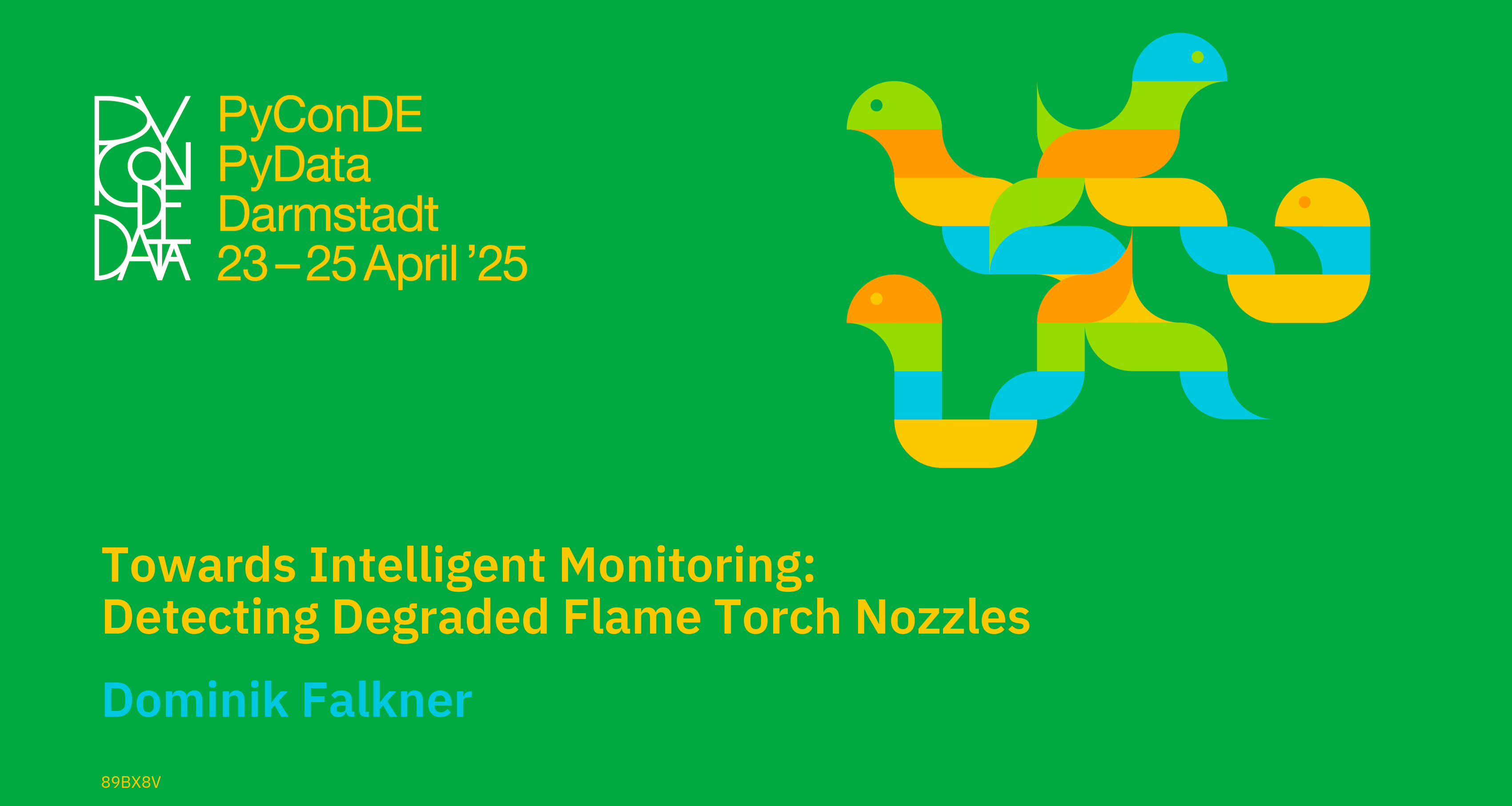Flame cutting is a technique that enables efficient metal cutting by precisely controlling the oxygen jet and maintaining a consistent mix of fuel gas. Over time, the nozzle’s condition deteriorates as deposits accumulate during the cutting process, leading to a decline in flame quality and cutting precision. Currently, nozzle testing is performed manually, with experts assessing the flame based on its appearance and sound. This approach is risky because worn nozzles can remain in use, increasing the danger of high-temperature material being ejected. Moreover, it is a costly process, particularly when damage to industrial equipment occurs.
Laboratory Evaluation: This section outlines the preliminary experiments aimed at assessing whether this sensor is suitable for distinguishing different machine states. The experiments focus on identifying the optimal sensor placement and analyzing how various machine states impact sensor readings. The design process for the laboratory experiments and the subsequent systematic data collection is shown. The results suggest that while detecting every machine state may not be feasible, the sensor shows promise in identifying degraded nozzles.
Data Preprocessing & Annotation: For a proof of concept, the raw acoustic emission data required manual labeling, as prior assessments depended on expert evaluations. Here, we utilized Label Studio, an annotation tool that streamlines the labeling process. Modelling & Feature Engineering: We extract features using statistical methods and transform the acoustic emission signals into the frequency domain through scipy, focusing on features in the frequency domain.
Evaluation: We discuss the approach for splitting the data, considering that multiple observations from the same nozzle are present. In a computational study, we evaluate the feature sets developed in the previous step using two different classification models: Support Vector Classifier and Multilayer Perceptron. This section explains how the experiments are computed and parallelized including the time required for execution.
Lastly, we discuss the dataset's limitations and the challenges faced during development. We also highlight steps taken to improve generalization and provide an outlook on future objectives, mostly aimed at a broader applicability of the models.
